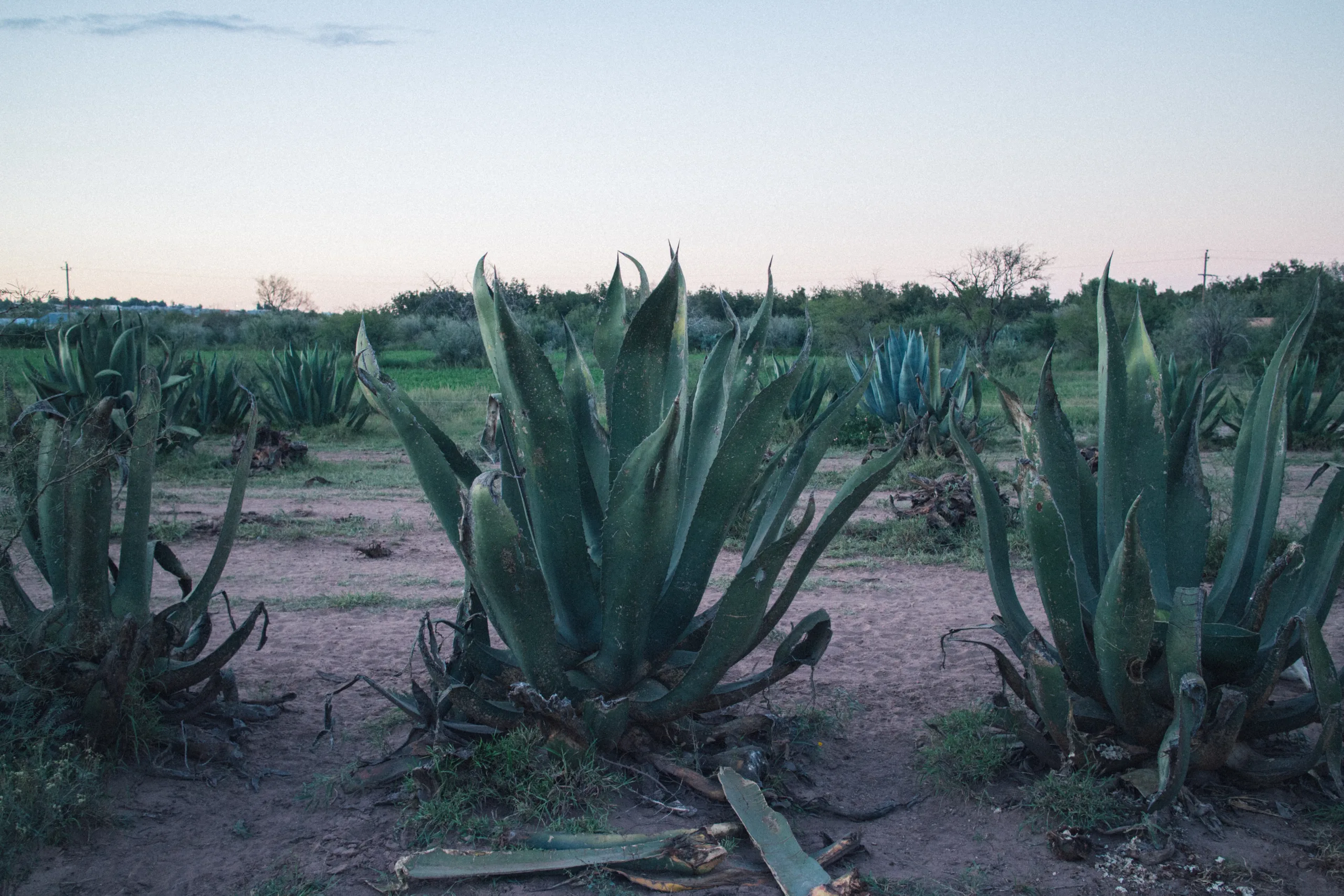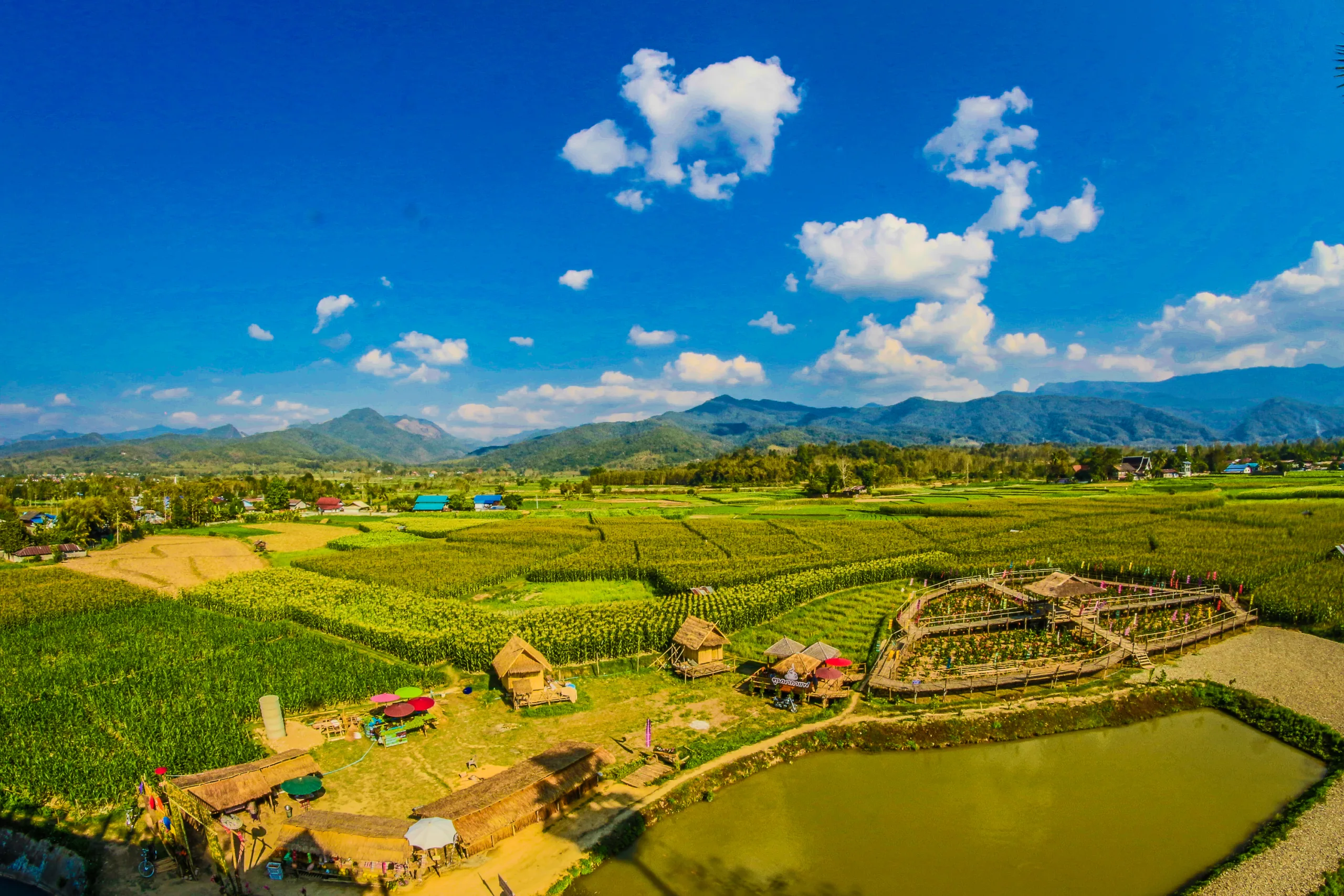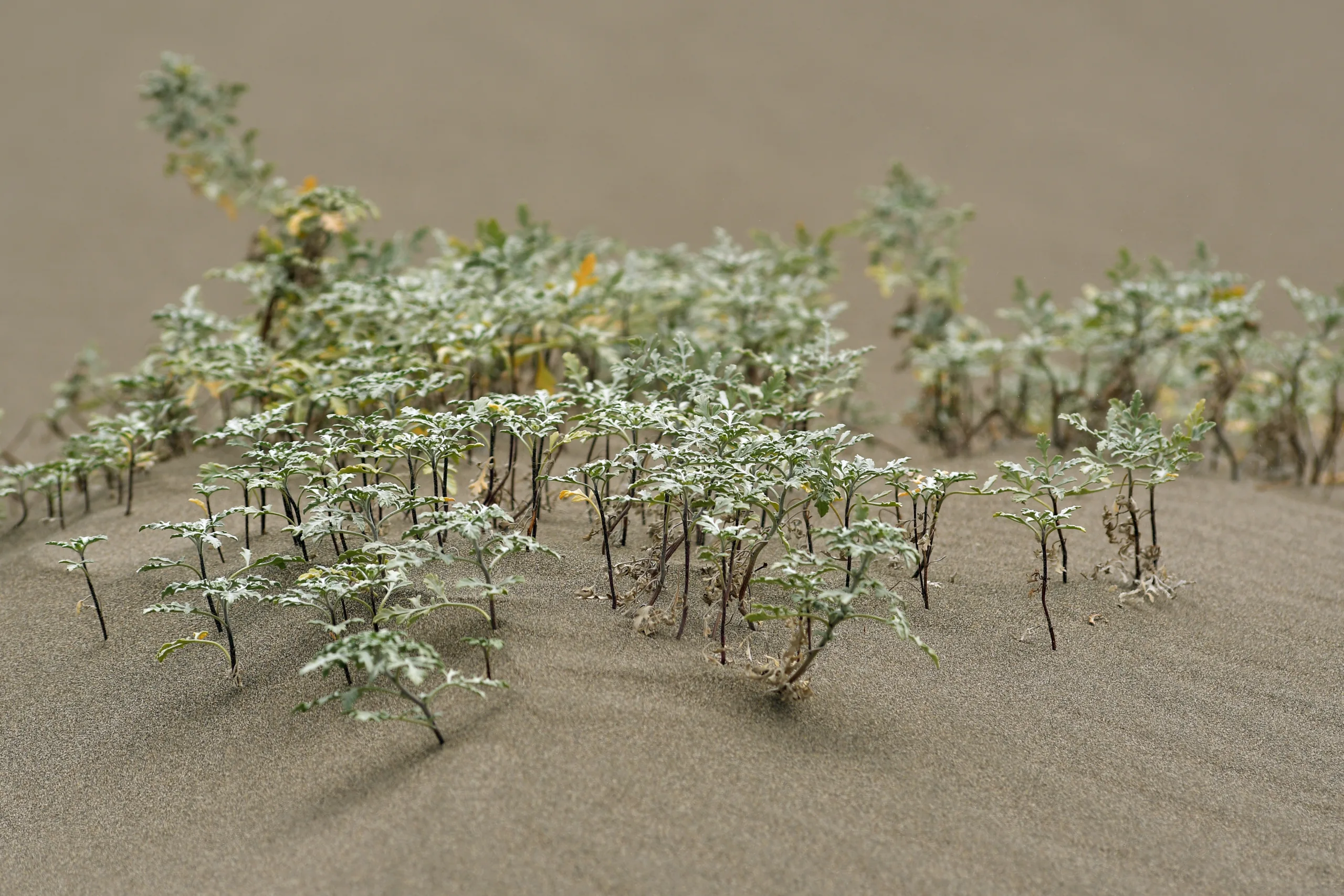Growing Desert Willow Trees from Seed
Are you looking to add some dramatic beauty to your garden? Desert willow trees are the perfect way to make your outdoor space stand out! Growing desert willow trees from seed is easy, and with the right care and attention, you can have a beautiful tree in no time. In this article, we’ll cover all you need to know about how to grow desert willow trees from seed. We’ll discuss the best planting times, the soil requirements for healthy growth, and how to care for your tree. With this guide in hand, you’ll be able to grow a healthy desert willow that will last for years!
When choosing the right seeds for growing Desert Willow Trees, it is important to make sure that the seeds are from a reputable source. If possible, purchase certified Desert Willow Tree seeds, as they are known to be more reliable and of higher quality. Additionally, it is important to make sure that the seeds are fresh and not expired. Finally, planting in a location where the Desert Willow Tree will receive ample sunlight is essential for successful germination.
Beautiful Flowers and Colorful Blooms
Desert willow trees are known for their beautiful flowers. They bloom in a range of colors, including white, pink, lavender, and purple. Their flowers are trumpet-shaped and are quite fragrant. The blossoms are followed by long bean-like seedpods that hang from the branches. These trees can provide a lot of beauty to any garden or landscape.
Adapts Well to Hot Climates
Desert willow trees are native to dry and arid climates, so they are well-suited for hot climates. They can tolerate temperatures up to 110 degrees Fahrenheit and can thrive in temperatures as low as 20 degrees Fahrenheit. This makes them an ideal choice for areas that experience extreme temperature shifts throughout the year.
Low Maintenance Requirements
Desert willow trees have low maintenance requirements compared to many other types of trees. They require minimal pruning and don’t need much fertilizer or water once they’re established. This makes them an ideal choice for those who want a beautiful tree without having to spend too much time caring for it.
Attracts Wildlife
Desert willow trees provide food and shelter for birds, butterflies, moths, bees, bats, and other wildlife species. They also provide refuge from the hot sun during the summer months when shade is hard to come by in arid climates. Having these trees in your garden or landscape can be beneficial not just aesthetically but also ecologically.
Fast Growing Trees
Desert willow trees grow relatively quickly compared to other types of trees. They can reach heights of up to 25 feet within just a few years with proper care and regular watering during dry periods. This makes them an excellent choice for those looking for a fast-growing tree that provides shade quickly.
Versatile Landscaping Options
Desert willow trees have many uses in landscaping due to their versatility and adaptability. They can be used as a focal point in a garden or landscape design or as part of an informal hedge or screen along property lines or walkways. Additionally, their colorful blooms make them perfect additions to any flower garden or landscape design project.
Preparing the Soil for Planting Desert Willow Tree Seeds
Preparing the soil properly for planting is an essential step for successful desert willow tree seed germination. Desert willow trees are drought-tolerant and thrive in full sun, but their soil needs to be well-drained and have a neutral pH. The soil should also be enriched with organic matter. A sandy loam is the ideal soil type for desert willow trees, but they can also tolerate other types of soil if they are amended with organic material.
Before planting, it is important to loosen the soil and break up any large clumps. This will help ensure that water and nutrients can penetrate easily and that there are no air pockets in the soil. A rake or hoe can be used to break up larger clumps of dirt or rocks, while a shovel can be used to mix in organic matter such as compost or well-rotted manure. Adding a layer of mulch around the base of the tree can help conserve moisture in the soil and keep weeds at bay.
Once the soil has been prepared, it is time to plant the desert willow tree seeds. Make sure to space them out evenly and cover them with a thin layer of topsoil. Water thoroughly once planted, making sure not to over-water as this may cause root rot or other damage to your new seedlings. Providing adequate sunlight is also important for successful germination; six hours of direct sunlight per day should do the trick!
By taking these steps when preparing your soil for planting desert willow tree seeds, you can ensure that your new tree has all the resources it needs to thrive!
Understanding the Best Season for Planting Desert Willow Tree Seeds
The desert willow tree is a beautiful, drought-tolerant species of tree that is native to the desert regions of North America. The tree has a long blooming season and produces fragrant, showy flowers throughout the spring and summer months. When planted in the right conditions, it can become an attractive addition to any landscape. However, in order to ensure that your desert willow tree has a successful start, it’s important to understand the best time of year to plant its seeds.
When planting desert willow tree seeds, it’s best to do so in late fall or early winter. This allows the seeds time to germinate and establish themselves before the hot summer months arrive. If you wait too long, the intense heat and dryness of summer can prevent your seedlings from taking root. Additionally, if you plant too early in fall, heavy rains may cause flooding or wash away your newly planted seeds before they have had a chance to take hold.
The ideal temperature for planting desert willow tree seeds is between 65-75 degrees Fahrenheit (18-24 degrees Celsius). This temperature range provides enough warmth for optimal germination and growth without overheating the seedlings during their most vulnerable stages of development. Additionally, make sure that your planting location receives at least eight hours of direct sunlight each day as this will help ensure that your seedlings get enough light energy for healthy growth and development.
It’s also important to keep in mind that desert willow trees require well-drained soil with a pH balance between 6.5 and 7.5 in order to grow properly. If you are unsure about the pH balance of your soil or if it is too acidic or alkaline for optimal growth, consider adding compost or other organic matter before planting your desert willow tree seeds. Doing so can help ensure that your trees have all the nutrients they need for healthy growth and development.
By following these tips for understanding the best season for planting desert willow tree seeds, you can ensure that your new trees get off to a strong start and are able to thrive in their new environment!
Planting Desert Willow Tree Seeds in Containers or in the Ground
Planting desert willow tree seeds is a great way to add a vibrant, colorful addition to your landscape. Whether you choose to plant them in containers or in the ground, desert willow trees are easy to care for and require minimal maintenance. The best time to plant desert willow tree seeds is during late spring or early summer when the soil temperature is warm enough for germination. When planting in containers, use a high-quality potting mix that drains well and has plenty of organic matter added. Make sure the container has adequate drainage holes and that it is large enough for the roots of the tree to spread out. If planting in the ground, choose a location that receives full sun and has well-draining soil. If necessary, amend the soil with compost or other organic material before planting.
To plant your desert willow tree seeds, place them approximately one inch deep into moistened potting soil or well-amended garden soil. Water regularly after planting and keep the soil moist until germination occurs (which usually takes between 10 – 14 days). Once established, desert willows need little supplemental watering except during times of extreme drought or heat. They can tolerate a wide range of temperatures from hot summers to cold winters, making them suitable for many climates and regions. Desert willows are also relatively pest and disease resistant so you won’t need to worry about treating your trees with any harsh chemicals.
With proper care and attention your desert willow trees should provide years of beauty and enjoyment to your landscape.

Watering and Fertilizing Requirements for Growing Desert Willow Trees from Seed
Growing desert willow trees from seed requires careful attention to watering and fertilizing. The soil should be kept moderately moist, but not saturated, and should be well draining. Water the soil deeply every few days to ensure that the roots are getting enough moisture. If the soil is allowed to dry out completely, it can cause the seedlings to die. Fertilizer should be applied every few weeks at a rate of 1/4 teaspoon per gallon of water. This will help promote healthy growth and encourage the formation of buds and blooms. Once established, desert willow trees will not require as much fertilizer or frequent watering, but they should still receive some irrigation during dry periods. It is important to note that desert willow trees are sensitive to over-fertilization, so care should be taken when applying fertilizer.
In addition to providing adequate moisture and nutrients, it is also important to make sure that the soil pH is in the correct range for desert willow trees. Most varieties prefer a slightly acidic soil with a pH between 6.0 and 7.5. If the pH is too high or low, it can cause nutrient deficiencies in the tree which can lead to stunted growth or death of the tree. When planting desert willow seeds, it’s best to test your soil beforehand and adjust accordingly if needed.
By following these guidelines for watering and fertilizing requirements for growing desert willow trees from seed, you can ensure that your plants receive all of the necessary nutrients they need for healthy growth and development over time. With proper care, you can enjoy beautiful blooms throughout the year!
Providing Adequate Sunlight to Promote Growth of Desert Willow Trees from Seed
Growing desert willow trees from seed requires providing adequate sunlight. Desert willow trees need at least six hours of direct sunlight each day to increase their chances of germinating and reaching maturity. It is also important to provide adequate moisture for the seedlings, as they do not tolerate drought conditions well.
The best way to provide the necessary conditions for successful germination of desert willow seeds is to plant them in a sunny location with well-drained soil. The soil should be loose and nutrient-rich, and it should be amended with organic matter such as compost or manure before planting. Once planted, the soil should be kept consistently moist but not soggy, as too much water can lead to root rot or fungal diseases.
Once the seeds have been planted and the soil is kept moist, they should be given plenty of sunlight. The ideal temperature range for germination is between 65-80°F (18-27°C), so if your climate is on the cooler side, you may need to supplement with additional artificial light sources such as fluorescent grow lights or LED grow lights. Additionally, it is important to make sure that the plants are spaced out enough so that they have room to grow without competing for resources such as light, water and nutrients.
Finally, it is important to regularly monitor your desert willow tree seedlings for signs of disease or pests. Common pests include aphids and mealybugs, which can be controlled with insecticidal soap or neem oil sprays. Diseases such as powdery mildew can also affect desert willows; however, this can often be prevented by ensuring adequate air circulation around the plants and avoiding overcrowding them in small containers or beds.
Providing adequate sunlight along with consistent moisture and ample space for growth are essential steps in successfully growing desert willow trees from seed. By following these steps and monitoring your plants regularly for signs of disease or damage, you can ensure that your desert willows reach their full potential!
Preventing Pests and Diseases of Desert Willow Trees
The desert willow tree is a beautiful, hardy tree that can thrive in hot, arid climates. It is also susceptible to pests and diseases that can damage or even kill the tree. To avoid this, homeowners and gardeners should take steps to prevent and control these threats. The best way to do this is by starting with healthy seeds. When planting desert willow trees, it is important to buy certified disease-free seeds from a reputable source. This will ensure that the trees are free of any potential pathogens.
Monitoring for Pests and Diseases
In addition to using healthy seeds, it is important to monitor the trees for signs of pests or diseases. This can be done by inspecting the foliage regularly for any changes in color or texture that may indicate an infestation or infection. If there are any signs of pests or diseases present, they should be treated immediately with an appropriate pesticide or fungicide. Additionally, it is important to keep the area around the tree free from weeds, as these can provide a habitat for pests and diseases.
Proper Care for Desert Willow Trees
To ensure that desert willow trees remain healthy, they should be watered regularly during dry periods and given enough fertilizer to support their growth. It is also important to prune them annually so they do not become overgrown. Pruning will help encourage proper air circulation through the canopy which can help prevent some types of fungal infections from occurring. In addition, mulching around the base of the tree can help retain moisture in the soil and protect the roots from extreme temperatures.
Dealing with Infestations
If an infestation does occur, it is important to act quickly in order to minimize damage caused by pests or disease organisms. Insecticides and fungicides are available for treating most types of infestations; however, they should only be used as a last resort as they may also harm beneficial insects such as pollinators. Additionally, some pest infestations can be managed organically through natural methods such as hand-picking or introducing predators such as ladybugs into the area.
Overall, taking proactive steps such as using healthy seeds, monitoring regularly for signs of pests or disease organisms, providing proper care through watering and fertilizing, and dealing with infestations swiftly when necessary are all key elements in preventing and controlling pests and diseases of desert willow trees from seed.

Conclusion
Growing desert willow trees from seed is a rewarding and cost-effective way to add some greenery to your garden. These trees are easy to grow and require minimal care once established. To get started, purchase quality seeds from a reputable source, and then soak the seeds in water for 24 hours prior to planting. Plant the soaked seeds in well-draining soil, in an area that receives full sun for at least six hours per day. Water the seedlings regularly, and keep them weed free by mulching around them. Fertilize the trees when they are about two years old for optimal growth and health. With proper care, your desert willow tree will soon be a beautiful addition to your garden or landscape.
Desert willow trees provide year-round beauty with their pendulous blossoms and glossy green leaves. With minimal effort, you can easily grow these versatile plants from seed in your outdoor space. Give it a try today, and you’ll be rewarded with a stunningly beautiful tree that will add life to your garden for years to come!

My interest in trees started when I first saw the giant sequoias in Yosemite.
I was a teenager then, and I remember thinking, “I need to learn more about this.”
That moment stuck with me.
A few years later, I went on to study forestry at Michigan Tech.
Since graduating, I’ve worked in a mix of hands-on tree care and community education.
I’ve spent over ten years helping people understand how to plant, maintain, and protect the trees in their neighborhoods.
I don’t see trees as just part of the landscape.
They are living things that make a real difference in our daily lives.
